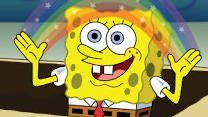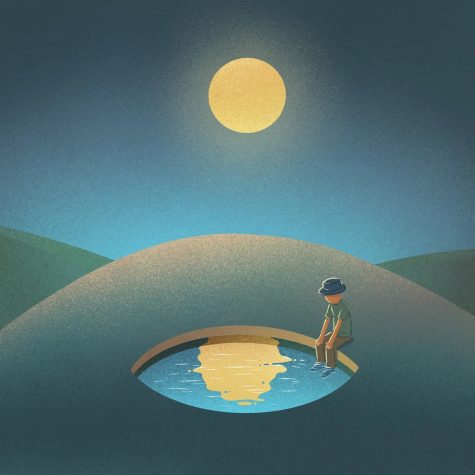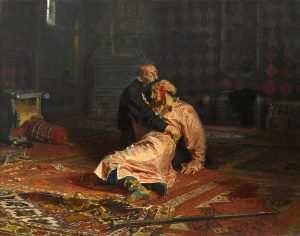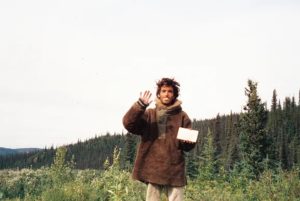Imagination: The Birthplace of Ideas
May 25, 2023
 Humans use their brains every day to perform tasks such as walking, talking, and reading. Our brains are split into two sides, with the left controlling speech, comprehension, and writing, while the right side controls creativity, artistic, and musical skills. But we use both sides of our brains to use our imagination. You may have heard it before; Imagination is the way we produce images and ideas in our head without the use of our senses. Imagination stems from our neocortex and thalamus, which are also responsible for consciousness and abstract thinking. We can use our imagination to put ourselves in scenarios we desire and create stories. These stories are marvelous, entertaining, and sometimes meaningful.
Humans use their brains every day to perform tasks such as walking, talking, and reading. Our brains are split into two sides, with the left controlling speech, comprehension, and writing, while the right side controls creativity, artistic, and musical skills. But we use both sides of our brains to use our imagination. You may have heard it before; Imagination is the way we produce images and ideas in our head without the use of our senses. Imagination stems from our neocortex and thalamus, which are also responsible for consciousness and abstract thinking. We can use our imagination to put ourselves in scenarios we desire and create stories. These stories are marvelous, entertaining, and sometimes meaningful.
Overview in Psychology
In psychology, imagination is not only used as a form of creative and artistic expression but also as a form of everyday thinking. Imaginative thoughts about alternatives to past experiences (counterfactual thinking) are thought to be based on the same process that rational thinking is produced. Children can produce imaginative alternatives to reality in their very early years. In cultural psychology, imagination is viewed as a higher mental function involved in everyday activities.
Memory and mental imagery are a big part of the process of imagination and are affected by one another. Certain psychological processes influence the mental processing of the brain and retain information in long-term or short-term memories. John Swelled stated that experiences stored as long-term memories are easier to remember as they are embedded deeper in the mind. This identification better understands a person’s ability to link significant memories with their imagination.
Perception of the world also plays an important part in imagination, as a person’s view is the result of arranging perceptions into existing imagery.
History and Uses Today
History of the word originated from the Latin translation of the Greek term phantasia, meaning something imaginary, and would later become the popular word today, imagination. Aristotle described Phantasia, or imagination, as the capacity for making mental images, and distinguished it from perception and thinking. The belief of imagination being the “mind’s eye” goes back to Cicero’s time, and would later reappear in faculty psychology. (the idea that the mind is separated into sections to perform certain mental tasks) in medieval times, where imagination was one of the inward wits, or five senses, alongside memory and common sense. Galileo used imagination in certain thought experiments, such as asking testers to use insight to imagine what would happen when a rock was shot from a sling.
Today, we use our imagination to help us understand our world and give birth to new ideas. Using our imagination is part of combining experience and the learning process. Imagination is the creation of experiences in one’s mind, which can be re-creations of past experiences such as memories or completely new scenarios. For example, writers, artists, or filmmakers can plan out their next pieces of art in their heads and create whole new worlds or expand upon previous ones, giving us forms of entertainment and ideas we can share. Another example of people using imagination is an engineer or an inventor using their imagination to create new machines that can help benefit us. The possibilities of how one can use their imagination are endless.

Sources










